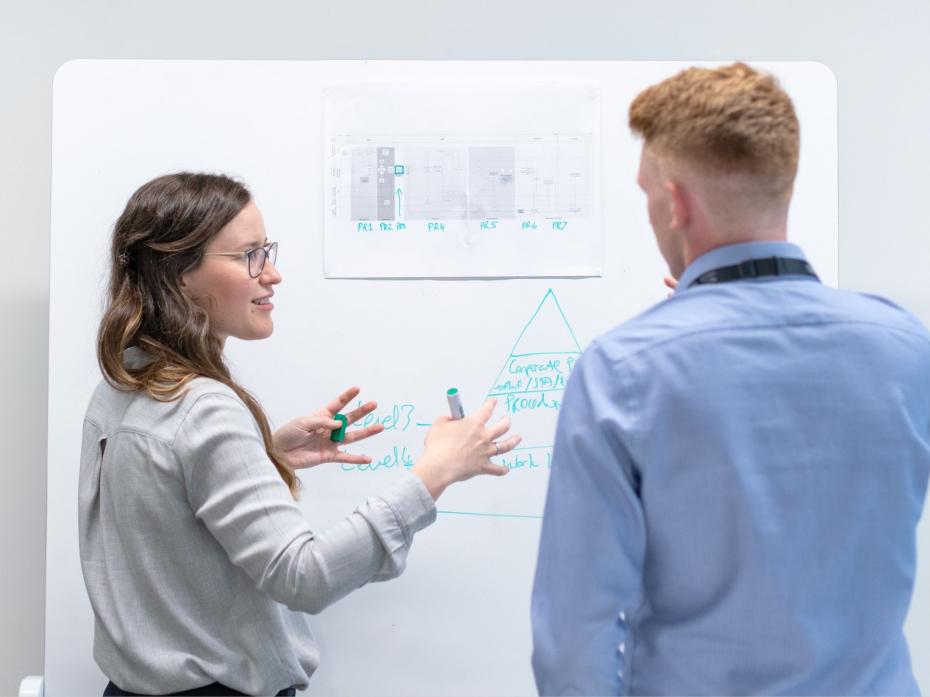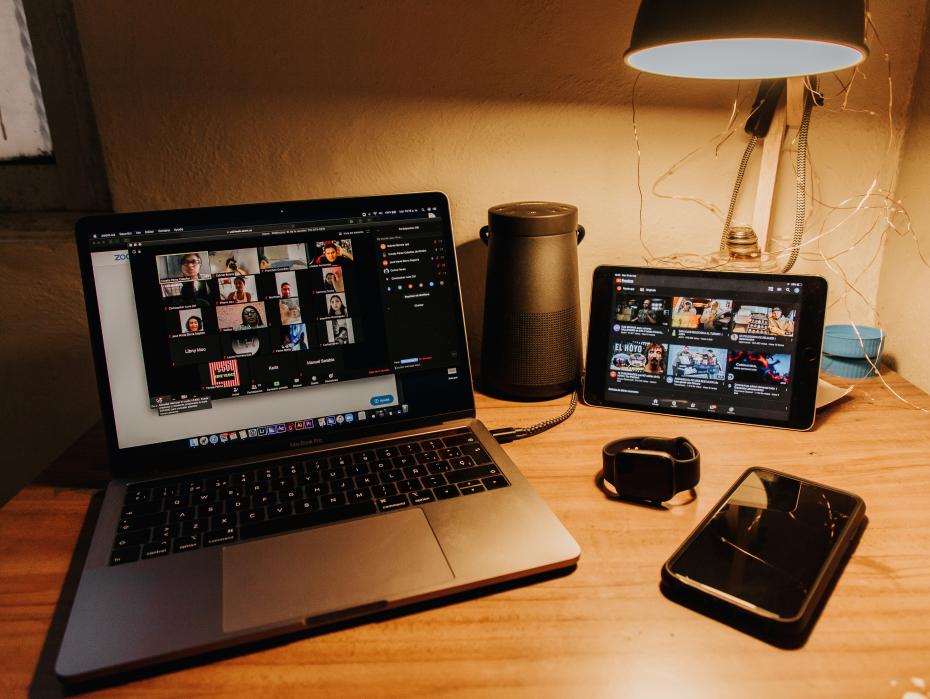Personalising a student’s learning is a complex enough task at the best of times, but when large groups of students are involved it becomes even more challenging. Fortunately, nowadays, there are several adaptive platforms - including Realize It and CogBooks - that, through data analytics and interaction with the content, allow teachers to generate learning paths that adjust to the learning needs of each student.
Here, we will share how to successfully implement an adaptive learning strategy, based on what we have learned from doing so in a pilot across four face-to-face courses with 32 professors and 700 students.
Step 1: institutional strategy
It is first necessary to define a clear strategy in the institution. This should include where the institution wants to go, the need/s it will serve, in which subjects it should be incorporated and what is required for it to work.
You should integrate a multidisciplinary team of specialists that includes innovators, professors, pedagogical and technological advisers and decision-makers. This will be crucial for defining the what, how, where and when of the strategy.
- Managing cognitive load for EAL – and all – students
- Tips for teachers who are new to blended learning
- Making space for innovation: a higher education challenge
Step 2: pedagogical model
The design of the pedagogical model begins with a pedagogical architect who is in charge of describing the model at a conceptual level, basing its components on elements from the relevant didactic strategies to the form/s of evaluation. The pedagogical model should also state the intended student experience and the teaching model.
Step 3: educational technology
Each technology is different, to a lesser or greater extent, so exploring and knowing how they work is essential for understanding how tech can be used in order to make the most of it in the design and adjustment of the courses.
When using a new technology, a change of mentality is often required. Openness to the new strategy is crucial, as is an adjustment in the ideology of the teachers, so they do not see this new technology as the enemy interfering with their work or pushing it aside. You will need to sell it to them as a support that will help facilitate their daily practice
Step 4: pedagogical design
A pedagogical architect must prepare initial support documentation for the design and production of the course. Training sessions should be scheduled with the content experts who will be teaching the course, as well as the team of instructional designers in charge of teaching support. The objective here is raising awareness of the training experience’s needs, as well as providing guidelines for the development of content and instructional design. In this phase, the coaching and support provided by the production team is vital.
Step 5: course production
A robust and multidisciplinary production team is needed (from pedagogical to technical advisers), which should not only maintain good communication between different roles but also understand the tasks performed by each of them. Even if the pedagogical advisers are not going to upload content and configure the most technical details of the platform, they must know what the platform’s options, functionalities and general limitations are in order to decide the best way to structure the content. Meanwhile, the technical advisers must also understand the pedagogical aspects of the strategy in order to identify why the content is structured in a certain way and potentially offer alternative solutions.
Regarding the production timeline, this would take longer than usual. In our experience, the time required for the design and production of a course with adaptive learning is roughly equivalent to three regular courses in a digital format. It will likely take about four months of production depending on the size and capability of the production team.
Step 6: course delivery
Teachers must first be sensitised to the teaching strategy, and they are then trained to implement the pedagogical model. This should be accompanied by weekly follow-up meetings that include the multidisciplinary team. In these meetings, the following are reviewed: group analytics (tasks completed and grades); individual student cases; teacher doubts regarding the model and use of the adaptive platform, and anything else seen as pertinent to the course’s success.
Thanks to this follow-up, areas for improvement can be quickly and easily identified during implementation and thus adjusted in time to establish a clearer path to good results.
Step 7: follow-up and measurement
Project tracking is crucial during periods of innovation. It manifests as a set of strategies – either tools or good practices – that serve to monitor the progress of the project and produce accurate information to inform decision making. Using schedules that detail upcoming steps and dates can be useful here, as is engaging the team’s research experts, who can add instruments to measure impact.
In summary, while hugely useful, the adaptive platform itself is merely a means to bring this experience to teachers and students, so other factors that are essential for good implementation must be considered. Success will be determined more by having a good strategy, teachers with the correct profile, a clear definition of implementation, good course design, adequate training for all participating and well-thought-out follow-up with teachers.
Leticia Castaño Sánchez is an educational innovation leader, Laura Angélica Castillo Lara is a solution design leader, Noé Plata Marroquín is an edtech solution designer, Ana Gabriela Pérez Cantú is a project leader, Consuelo Daniela López Alcaraz is a project manager and Abraham Esteban Gómez Coss is a web programmer team lead, all working within educational innovation and digital learning at Monterrey Institute of Technology, Mexico.
If you found this interesting and want advice and insight from academics and university staff delivered direct to your inbox each week, sign up for the THE Campus newsletter.




comment